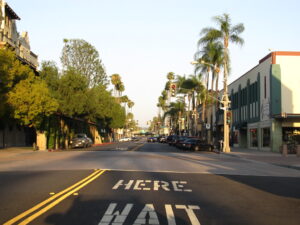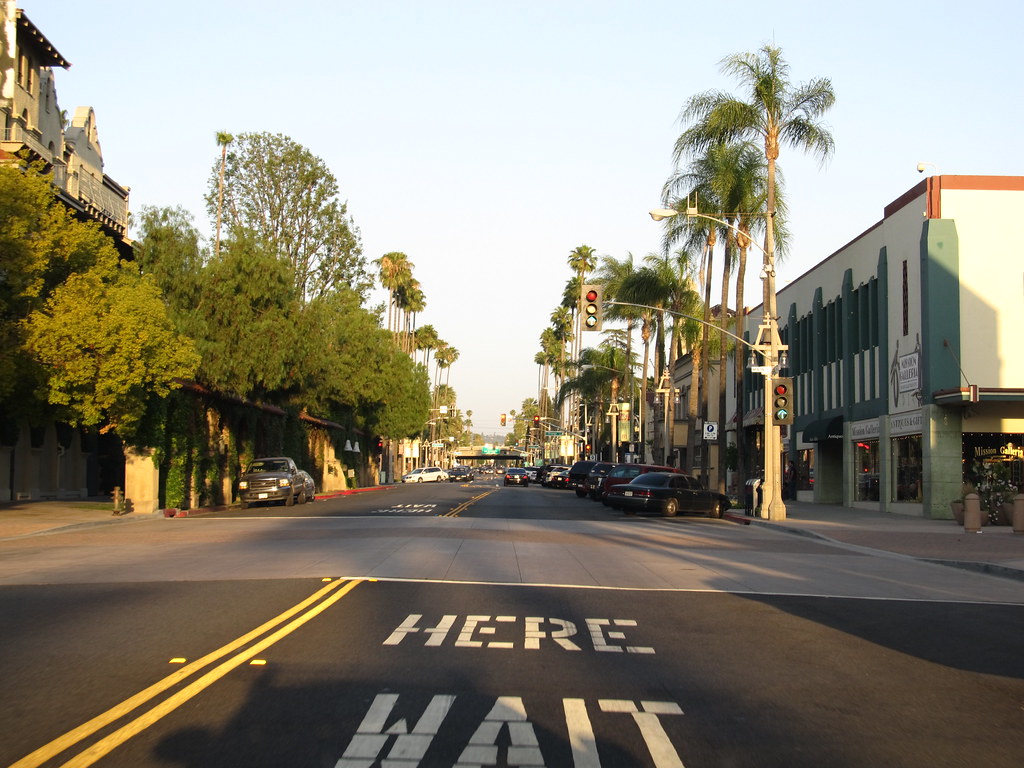
The Riverside City Council has experienced several representational changes in the last few elections. Before 2019, the seven-person council was entirely made up of men, only one of whom was not white. After 2021, the council was made up of three Latinos and two members of the LGBTQ+ community. These changes were an important step in increasing representation in government and ensuring that leadership reflects underrepresented communities. Unfortunately, the new council, which ousted many of these new council members, does not reflect its constituency regarding personal traits and political views.
Since the 2019 and 2021 election cycles, the makeup of the Riverside City Council became far more accurately representative of the Riverside population regarding racial demographics. However, more concern has been expressed at the mismatch in political values on the council after the most recent election as compared to the city of Riverside than concern about diversity. Of registered voters in Riverside, 43.6% identify as Democrats and 28% as Republicans, while this new council leans more toward conservative political values. This is important as data suggests that many Americans have varying opinions on how important the representation of personal traits in political positions is. In fact, approximately 66% of U.S. adults agree that it is “extremely or very important” that candidates share political views compared to demographic similarities. Clearly, while diversity should be a core objective of the city of Riverside, it cannot be a singular objective. The difference in constituency perspective and council values will likely be Riverside’s more contentious representational problem. Unfortunately, diversity is not enough to have a substantive and issue-based impact; it will take voter support and the mobilization of a dying local media.
Demographic representation has debatable implications and levels of importance. That was seen with the nomination of Justice Amy Coney Barrett, who many women’s rights advocacy groups opposed. Women in positions of power are not inherently feminist, especially if that woman is going to curtail the rights and freedoms of other women. However, expanding diversity in politics is important, especially after an entire history’s worth of institutional discrimination, and it should be signaled that everyone has the opportunity to participate in governing.
Having diversity in government does have a tangible effect. In a study by Associate Professor Tiffany Barnes at the University of Kentucky using data from 20 sub-Saharan African countries, there was a strong correlation between female representation and the participation of women in politics. When it comes to foreign policy, white dominance and the patriarchy have created challenges in the study and implementation of international relations, ultimately facilitating instability. Gov. Newsom’s appointment of Senator Alex Padilla in 2019 created new opportunities to motivate and mobilize voters. A lack of perspective has negative effects in various fields, while diversity presents an opportunity for engagement and growth where things were stagnant before.
There needs to be a concerted national effort to mobilize underrepresented communities. As African American representation increases within the federal government, conversations and actions on the topic of social justice have permeated the halls of Congress. Social justice reform doesn’t happen because lawmakers have a sudden epiphany of humanity; it happens because activists demand, push and protest. Those individuals must be provided with a more welcoming state of affairs and encouraged instead of boxed out. Regardless of how people feel about the effectiveness of representative democracy, the U.S. is supposed to be one, so it’s high time the government got on board.
As frustrating as it is, from the country to the city level, the primary lever all citizens have to pull is their right to vote. In Riverside, voter turnout needs to be increased, with a mere 16% turnout in the March primaries. This new misalignment within the City Council can be, at least in part, attributed to a lack of voter intensity and participation. The city has options to increase minority voter turnout in elections by increasing accessibility. In California, county elections officials send vote-by-mail ballots to all active and registered voters. Awareness about allowances for time off to vote can also increase voter turnout.
It is also more difficult to make informed decisions in local elections as local political coverage and print journalism have struggled in recent years. The most important part of democracy is building an educated electorate, which the media has failed to do. At the same time, local news outlets and newspapers fall by the wayside. It’s unfortunate since a monumental part of building up participation in government and representative democracy is rebuilding media literacy and community engagement.
The changes being made in Riverside represent a struggle to implement diversity while also trying to govern. It’s still possible that the Riverside City Council will be able to address issues of infrastructure and public safety brought to them by their constituents, even with this mismatch of political beliefs and representation. Unfortunately, with a system as counterintuitive as this and a public so ill-informed, no one should get their hopes up.








